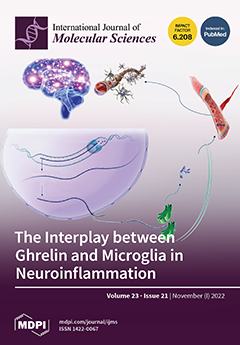The longevity phenomenon is entirely controlled by the insulin signaling pathway (IIS-pathway). Both vertebrates and invertebrates have IIS-pathways that are comparable to one another, though no one has previously described de novo transcriptome assembly of IIS-pathway-associated genes in termites. In this research, we analyzed the transcriptomes of both reproductive (primary kings “PK” and queens “PQ”, secondary worker reproductive kings “SWRK” and queens “SWRQ”) and non-reproductive (male “WM” and female “WF” workers) castes of the subterranean termite
Reticulitermes chinensis. The goal was to identify the genes responsible for longevity in the reproductive and non-reproductive castes. Through transcriptome analysis, we annotated 103,589,264 sequence reads and 184,436 (7G) unigenes were assembled, GC performance was measured at 43.02%, and 64,046 sequences were reported as CDs sequences. Of which 35 IIS-pathway-associated genes were identified, among 35 genes, we focused on the phosphoinositide-dependent kinase-1 (
Pdk1), protein kinase B2 (
akt2-a), tuberous sclerosis-2 (
Tsc2), mammalian target of rapamycin (
mTOR), eukaryotic translation initiation factor 4E (
EIF4E) and ribosomal protein S6 (
RPS6) genes. Previously these genes (
Pdk1, akt2-a, mTOR,
EIF4E, and
RPS6) were investigated in various organisms, that regulate physiological effects, growth factors, protein translation, cell survival, proliferation, protein synthesis, cell metabolism and survival, autophagy, fecundity rate, egg size, and follicle number, although the critical reason for longevity is still unclear in the termite castes. However, based on transcriptome profiling, the IIS-pathway-associated genes could prolong the reproductive caste lifespan and health span. Therefore, the transcriptomic shreds of evidence related to IIS-pathway genes provide new insights into the maintenance and relationships between biomolecular homeostasis and remarkable longevity. Finally, we propose a strategy for future research to decrypt the hidden costs associated with termite aging in reproductive and non-reproductive castes.
Full article






